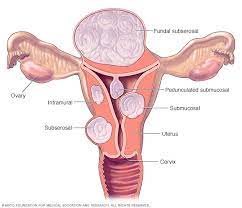
Uterine fibroids, also known as leiomyomas or myomas, are noncancerous growths of the uterus that often appear during childbearing years. These growths can vary in size and number and may cause a range of symptoms or go unnoticed entirely.
Uterine fibroids are typically diagnosed through:
The choice of treatment depends on the severity of symptoms, the size and location of fibroids, and a woman’s reproductive goals. It’s essential to discuss your options with your healthcare provider to determine the most suitable approach for your individual case.
WhatsApp us